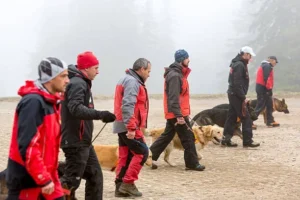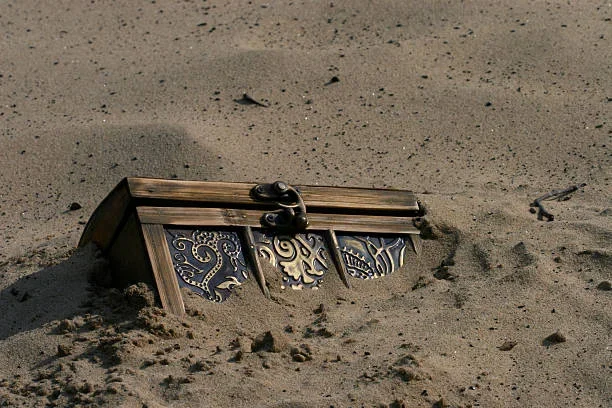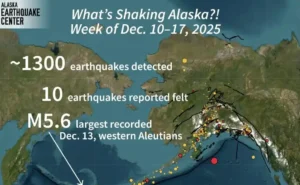The remnants of Typhoon Halong tore through the coastal village of Quinhagak earlier this month, stripping away parts of the shoreline and washing priceless Yup’ik artifacts into the Bering Sea.
The storm destroyed sections of the Nunalleq Archaeological Site, one of the most significant collections of pre-contact Yup’ik artifacts in Alaska. Archaeologists estimate that as much as 60 feet of beach and hundreds of cubic meters of unexcavated ground were lost.
Residents riding ATVs along the coast after the storm discovered ancient carvings and wooden masks scattered across the sand. Volunteers and archaeologists have since recovered more than 1,000 artifacts in what they call an emergency rescue effort.
“This site holds generations of history,” said Rick Knecht, the project’s lead archaeologist. “Every storm puts that history at risk.”
The loss has renewed concerns about erosion and climate change along Alaska’s western coastline, where thawing permafrost and stronger storms are threatening cultural and historical sites.
Local leaders say infrastructure is also at risk. The village’s sewage lagoon now sits just 30 feet from the eroding edge, raising fears of contamination if the shoreline continues to recede.
Efforts to stabilize the area are underway, but officials warn that more protection is needed to prevent further loss.
Quinhagak’s village corporation and the Nunalleq Museum have asked state and federal agencies to assist with shoreline defense and artifact recovery as cleanup continues across Western Alaska.









